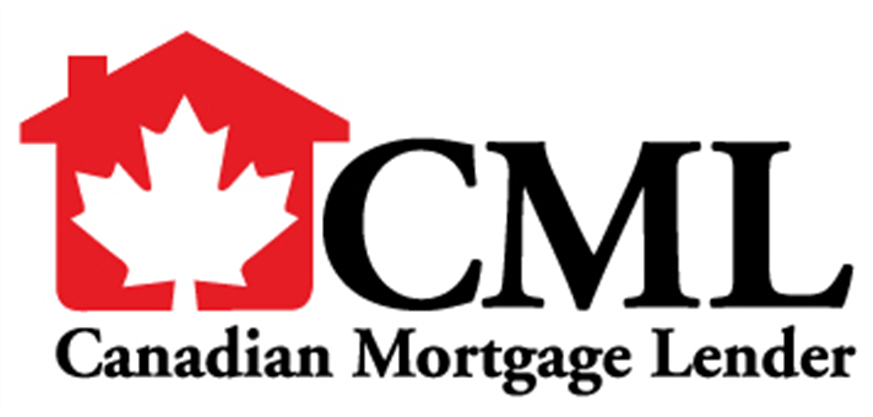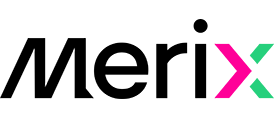
Chris Stewart
BROWSE
PARTNERSMortgage Glossary of Terms
6/24/2022
RESOURCE
Mortgage Financing and its process can be complex at times and generally are time consuming and full of acronyms and terms that are not always understood. Here is a list of some with an explanation to assist in better understanding mortgage terminology.
Adjustable Rate Mortgage (ARM)
This type of mortgage has a floating interest rate that may increase or decrease during the mortgage term. This floating rate is generally linked directly to the Canadian Prime Rate. The rate used may be set up as Prime Minus a Percentage or Prime Plus a Percentage. The mortgage payment may periodically be adjusted due to the moving prime rate.
Appraisal
This is the process where a properly licensed professional appraiser conducts a thorough inspection of a property to assess its true market value. The appraiser will compile all of their findings into a professionally structured report. The Appraisal Report will list the property’s “As is” value and at times, will also list its “Improved” value.
Amortization
The timeframe used to calculate the applicable regular payments for a mortgage. Each time a payment is made, a portion of the payment is applied to interest and the remaining portion to the principal. The most common amortization used in Canada when purchasing a home is 25 years, though there are situations where 30 years could be used.
Bridge Financing
This type of financing is also known as “Bridge Loan” or “Interim Financing” and is a type of second mortgage that is immediately paid out following the closing of the client’s home being sold. Bridge Financing is generally used when a buyer id closing on their new home prior to the home they have sold is scheduled to close and funds from the sale are needed for the home being purchased. Mortgage Lenders have maximum timeframes for Bridge Financing along with capped amounts along with applicable interest rates and administrative costs.
Closed Mortgage
A type of mortgage that, for a specified period of time, locks the borrower into paying the required mortgage payments and not have the ability to alter the terms of the mortgage unless a penalty is paid as outlined in the signed mortgage documents. Penalties can be significant, though most closed mortgages do grant specific pre-payment privileges.
Closing Costs
These are the various costs associated with completing the mortgage transaction. Some examples of closing costs are: Legal Services, Title Insurance, Home Insurance, Property Tax Adjustments and Tax (GST, PST or HST). Some closing costs, such as charged taxes, are provincially managed so some provinces charge tax on mortgage default insurance premiums. The Mortgage Lender generally requires the borrower to confirm they have sufficient available monies to pay the closing costs. In Alberta, the normal default closing cost amount used by the Lender is 1.5% of the purchase price.
Collateral Mortgage
A type of mortgage offered by a Mortgage Lender that has a re-advanceable portion to the mortgage. It means that the Mortgage Lender can advance additional funds against the property when its value has increased without having to refinance the mortgage. This can be a benefit for a borrower but it can hinder the movement of the mortgage in the future to another lender with a better rate and it can decrease the available equity for a second mortgage at a later date.
Conventional Mortgage
A type of mortgage that has at least 20% equity of the property’s purchase price or appraised value, whichever is greater. In Canada, a conventional mortgage does not require mortgage default insurance.
Equity Take-Out Mortgage (ETO)
A mortgage that pulls equity from a property to generate monies that could be used for various reasons.
Fixed Mortgage
A mortgage type where the mortgage’s interest rate is fixed for the full term of the mortgage. The rate will not change, despite what rates are doing in the market place.
Gross Debt Servicing (GDS)
This is an affordability ratio used by Mortgage Lenders that is required to cover mortgage principal & interest payments (PI), property tax payments (T), condo fee payments (CF), and property heating payments (H) against the total accepted borrower’s gross income (GI). There are capped ratios based on the borrower’s credit worthiness (FICO Score). The actual equation used for this calculation is: GDS = (PI + T + CF + H) / GI
High - Ratio Mortgage
A type of mortgage that has less than 20% equity of the property’s purchase price or appraised value, whichever is greater. In Canada, a high - ratio mortgage MUST have mortgage default insurance.
Loan-To-Value (LTV)
A ratio used by Mortgage Lenders to assess risk and determine if a mortgage is a Conventional or High Ratio Mortgage. A LTV is the ratio of monies being borrowed vs. the value of the property. If the LTV is above 80%, the mortgage is deemed a High Ratio and therefore, must have default mortgage insurance.
LTV (%) = Mortgage Amount ($) / Accepted Property Value ($) x 100
Mortgage Default Insurance
Insurance that is required for all High-Ratio Mortgages in Canada. It protects the Mortgage Lender in the event that the borrower defaults on the mortgage. The Insurance Premium charged is a percentage based on the total amount being borrowed against the property value being used. The insurance premium charged can be paid upfront as a closing cost by the borrower or it can be added to the mortgage financing and would become part of the mortgage principal being charged interest. There are currently three companies that underwrite Mortgage Default Insurance in Canada. The Canadian Mortgage & Housing Corporation (CMHC), Sagen and Canada Guaranty.
Open Mortgage
A type of mortgage that enables the borrower to pay out the mortgage at any time without any penalties being charged. Open Mortgages generally have higher interest rates than Closed Mortgages.
Overnight Rate / Policy Interest Rate
The starting point set by the country’s central bank, known as the Bank of Canada, for setting many of the interest rates in the economy (lending & investing) that matter to Canadians. This rate is also used as a tool to control inflation. The overnight rate is announced by the central bank’s Governor on predetermined days throughout the year. Please refer to the Bank of Canada for their Annual Overnight Rate Announcement Dates.
Portable Mortgage
A mortgage feature that permits the borrower to transfer their mortgage balance to a new property, keeping the same lender and not encountering any penalties.
Prime Rate
This is the base interest rate used by the majority of Canadian Financial Institutions to price all their lending products, such as mortgages. Each financial institution sets their own prime rate but they generally all follow a spread based on the Bank of Canada’s Overnight Rate (aka Policy Interest Rate)
Re-Advanceable Mortgage
This is a type of mortgage or a feature within a mortgage that enables the borrower to pull additional monies from the mortgage without doing a refinance and incurring additional penalties and costs. The best example of a re-advanceable mortgage is a Home-Equity Line of Credit (HELOC).
Refinance
A mortgage that is created to payout an existing mortgage and generates additional mortgage proceeds from the property’s available equity for numerous reasons. In Canada, a refinanced mortgage is capped at 80% of the property’s appraised value. Refinancing an existing mortgage will also reset all the mortgage particulars such as rate, term, amortization, etc and may also generate payout penalties from the mortgage being refinanced. Mortgage Lenders could also be changed at this time.
Renewal
This is when the current mortgage has come to the end of its term and must be extended with the current Mortgage Lender under new terms to continue.
Reverse Mortgage
A type of mortgage in Canada that is designed for homeowners 55 years of age and older whereby they can obtain a mortgage no more than 55% of the property’s appraised value and are not obligated to make monthly payments. There are designed calculators that provide the maximum amount that could be borrowed within this type of mortgage as the age of the borrowers is a major component of the calculation.
Term
The length of time that the applicable interest rate is applied to a mortgage. When this timeframe (term) has been completed, the mortgage then matures and a new term must be determined (chosen by the client) which then generally ties into the available interest rate from the mortgage financing institution. The most common terms offered by Canadian Mortgage Institutions are 1, 2, 3, 4, 5, 7 and 10 years.
Title
The Legal Ownership of the property
Title Insurance
This is a type of insurance the both a Mortgage Lender and a Homeowner can obtain that offers several types of protection regarding the property and its title. Coverage for Mortgage Lenders is separate from Homeowners so each party must obtain their own if coverage is wanted or required. A company in Canada that offer this service and it can be arranged by the borrower’s lawyer at time of purchase or direct at any other time is First Canadian Title (FCT).
Total Debt Service (TDS)
This is an affordability ratio used by Mortgage Lenders that is required to cover mortgage principal & interest payments (PI), property tax payments (T), condo fee payments (CF), and property heating payments (H) plus all other monthly payments (MP) such as loans, credit cards, etc against the total accepted borrower’s gross income (GI). There are capped ratios based on the borrower’s credit worthiness (FICO Score). The actual equation used for this calculation is:
TDS = (PI + T + CF + H + MP) / GI
Underwriting / Underwriter
The process of deciding whether the Mortgage Lender will or will not provide the requested mortgage financing for the borrower. The process includes the confirmation and analysis of the borrower’s employment, income, credit worthiness and history, property equity, risk exposure among many other factors. The underwriter is the trained individual who works for the Mortgage Lender and conducts this process.
Variable Rate Mortgage (VRM)
This type of mortgage generally has a fixed payment but the principal portion of the payment fluctuates based on the floating interest rate for this type of mortgage. The interest rate may increase or decrease during the mortgage term. This floating rate is generally linked directly to the Canadian Prime Rate. The rate used may be set up as Prime Minus a Percentage or Prime Plus a Percentage.




























